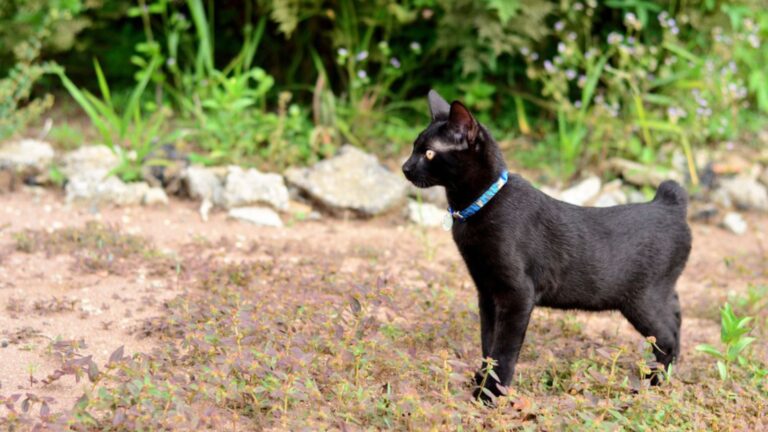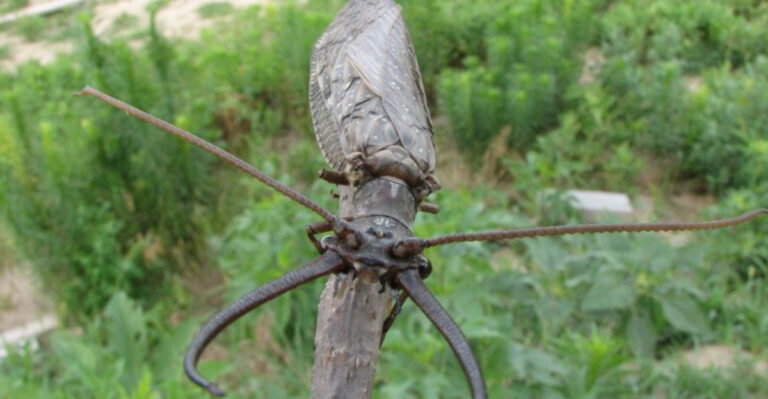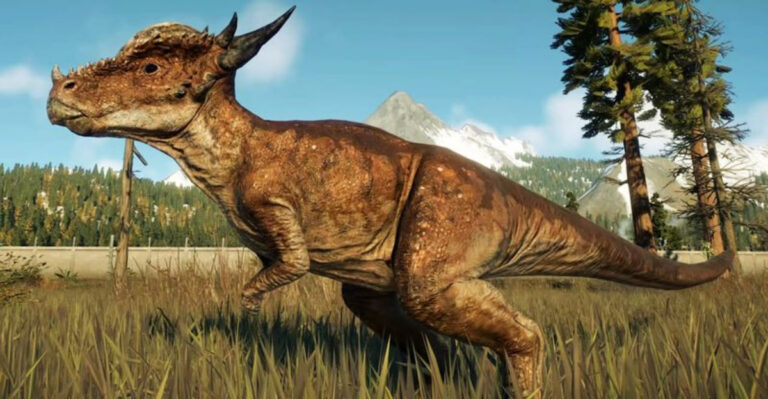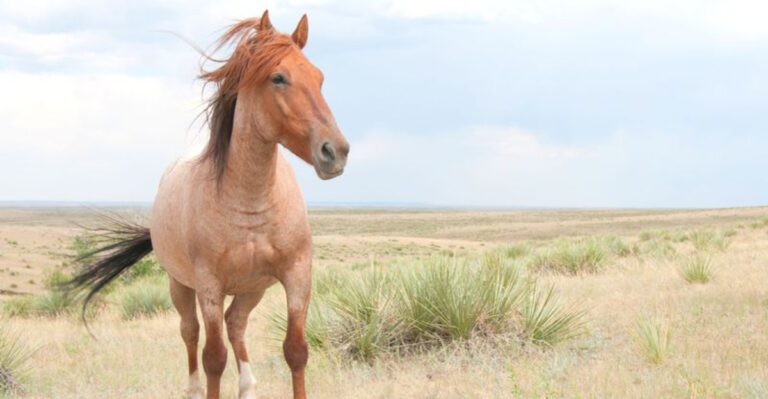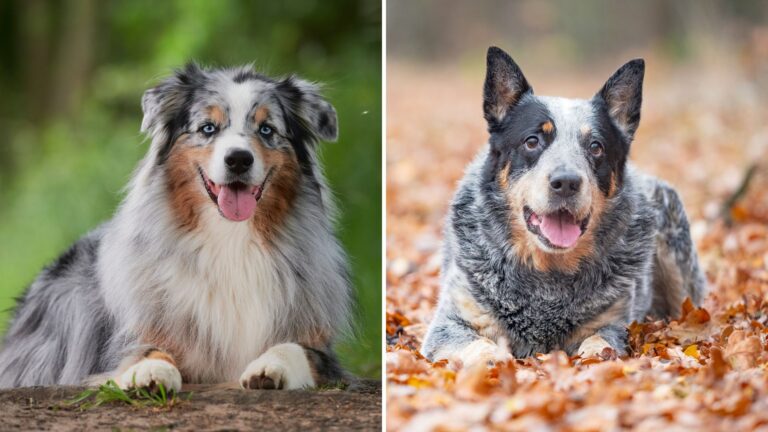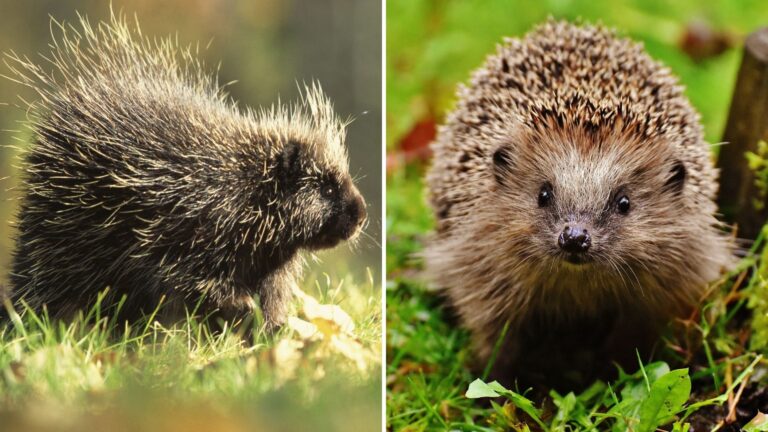Axolotl: Surprising Facts About The Salamander That Can Regenerate, But Not Multiply
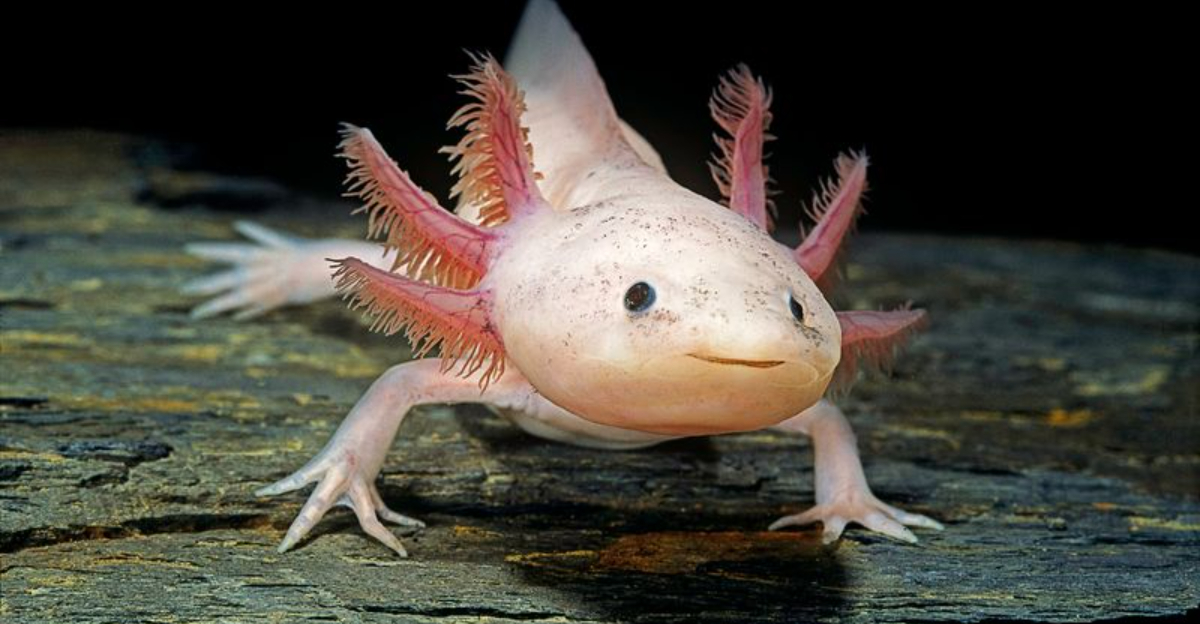
Meet the axolotl, a fascinating aquatic salamander that seems straight out of a sci-fi movie! These smiley-faced creatures can regrow almost any body part, including parts of their brain and heart.
Native to Mexico, axolotls are now critically endangered in the wild, making their unique abilities even more precious to study.
Scientists are especially interested in how these creatures regenerate tissue, hoping it might someday help humans heal better too.
1. Forever Young – Axolotls Never Grow Up
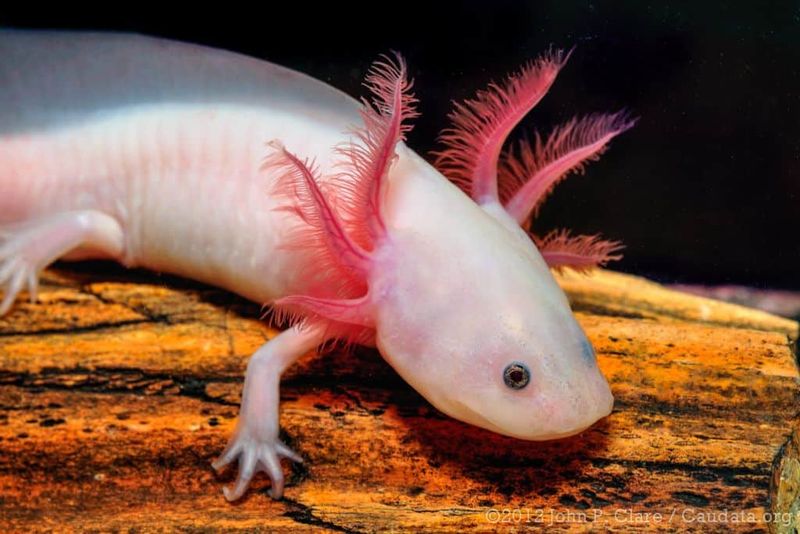
Axolotls are the Peter Pans of the animal world! Unlike most salamanders that metamorphose into land-dwelling adults, axolotls stay in their juvenile form forever – a condition called neoteny.
They keep their feathery external gills and aquatic lifestyle throughout their lives. This permanent childhood gives them their distinctive appearance with those cute frilly gills that look like a fancy collar.
Scientists believe this evolutionary quirk happened because the lakes where axolotls evolved were so rich in resources that there was no advantage to transforming and leaving the water. Why grow up when life is perfect just as you are?
2. Superhero Healing Powers That Amaze Scientists
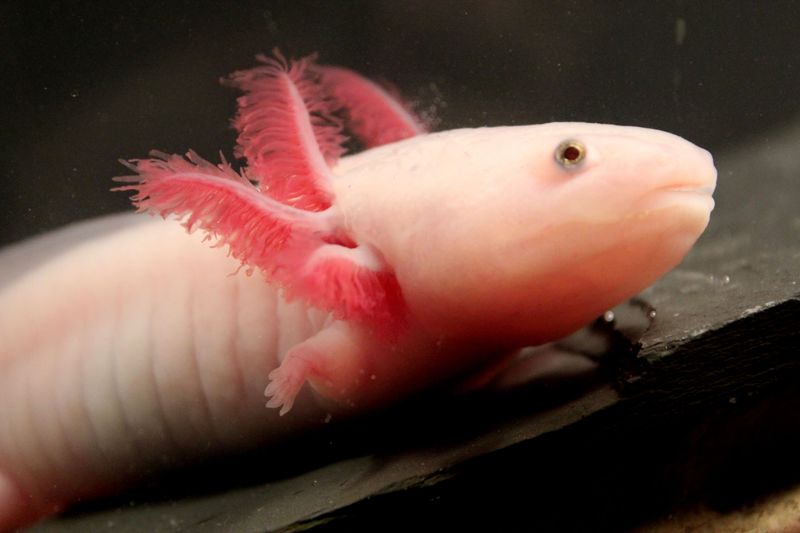
The regenerative abilities of axolotls make Wolverine look like an amateur! These incredible creatures can regrow entire limbs, parts of their heart, brain, spinal cord, and even portions of their eyes – all without scarring.
A severed limb can fully regenerate in just a few weeks. The secret lies in their ability to reprogram cells near the wound into stem cells, creating a perfect blueprint of what was lost.
Medical researchers are studying axolotls, hoping to unlock similar healing potential in humans. Imagine a future where amputees could simply regrow missing limbs – all inspired by these smiling salamanders!
3. Walking Stomachs With Impressive Appetites
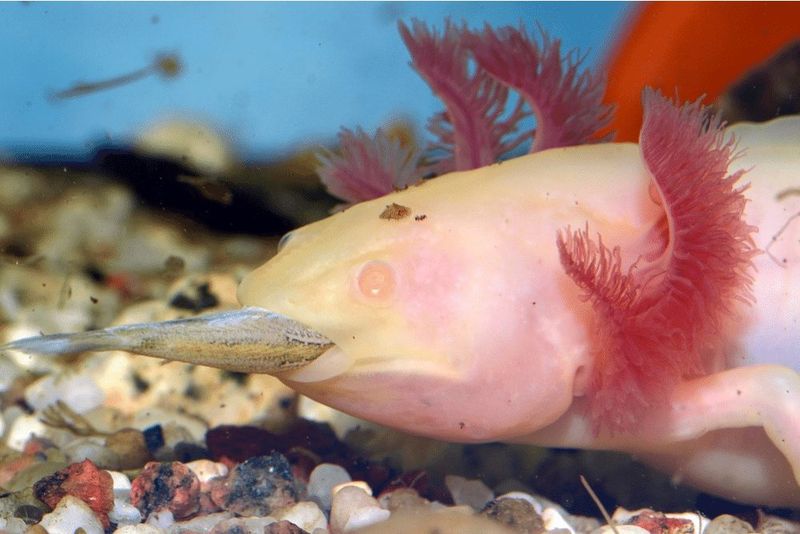
Axolotls are basically swimming vacuum cleaners! Their appetite is legendary among aquarium keepers. These hungry creatures will devour anything that fits in their mouths – worms, small fish, crustaceans, insects, and sometimes even smaller axolotls.
Their metabolism works differently from most animals. They can go weeks without food when necessary, then feast enormously when food is available.
A fun feeding quirk: axolotls don’t have teeth for chewing. Instead, they create a vacuum with their mouth to suck prey in whole! Their powerful jaws and suction can capture prey in milliseconds, making them surprisingly effective predators despite their goofy appearance.
4. Nearly Extinct In The Wild But Thriving In Labs
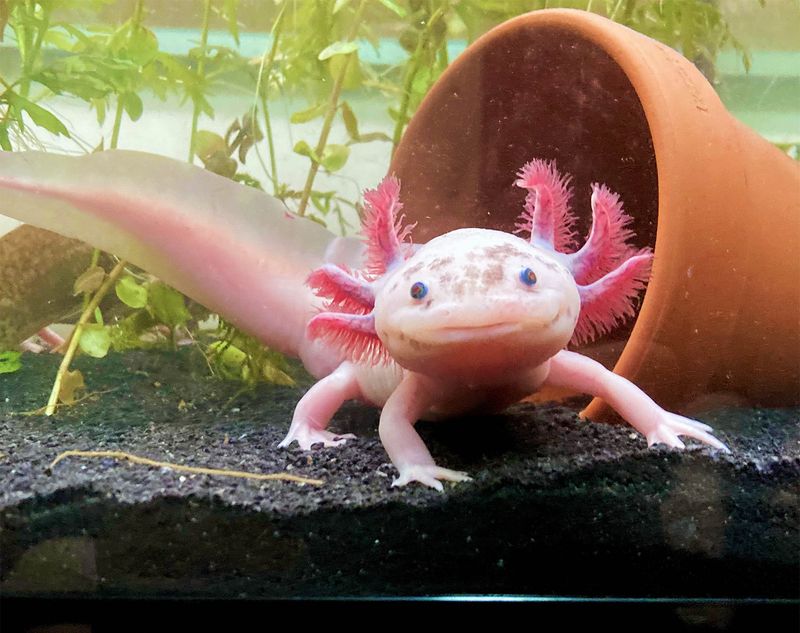
Wild axolotls face a heartbreaking reality – they’re critically endangered in their native habitat. Originally found in Lake Xochimilco and Lake Chalco near Mexico City, they now survive in just a fraction of their former range due to urban development, pollution, and invasive species.
Ironically, axolotls are thriving in laboratories worldwide. Scientists value them so highly for research that they’ve become one of the most studied salamanders on the planet.
Conservation efforts include protected canals in Mexico and captive breeding programs. Their scientific importance has saved them from extinction, creating the strange situation where an animal can be simultaneously endangered and abundant, just in different environments.
5. The Smiling Faces Are Actually Their Bones
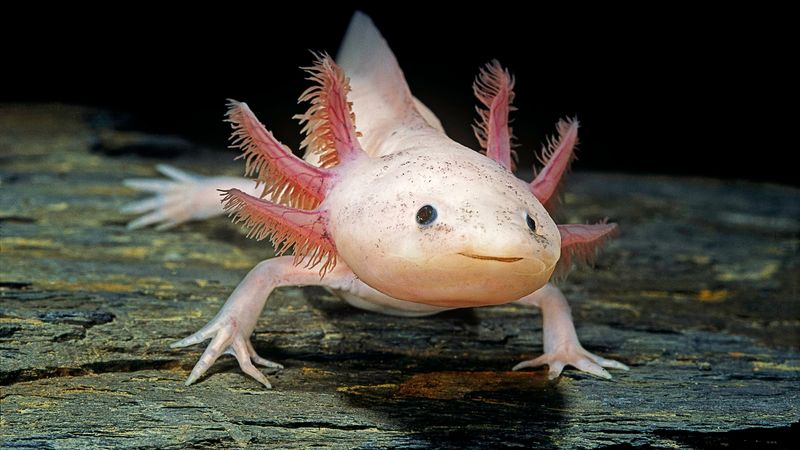
That adorable permanent smile isn’t what it seems! The distinctive upturned corners of an axolotl’s mouth are actually part of their skull structure.
What looks like a happy grin is their jawbone showing through their skin. Axolotls have very thin skin that’s nearly transparent in some places, revealing the underlying bone structure. This gives them their characteristic “smiling” appearance that has made them internet celebrities.
Despite not actually smiling, their perpetually cheerful look has helped make them popular pets and social media stars. It’s a perfect example of humans anthropomorphizing animals – but who can resist that face? Their “smile” is just one reason these little salamanders have captured hearts worldwide.
6. Rainbow Of Colors That Don’t Exist In Nature
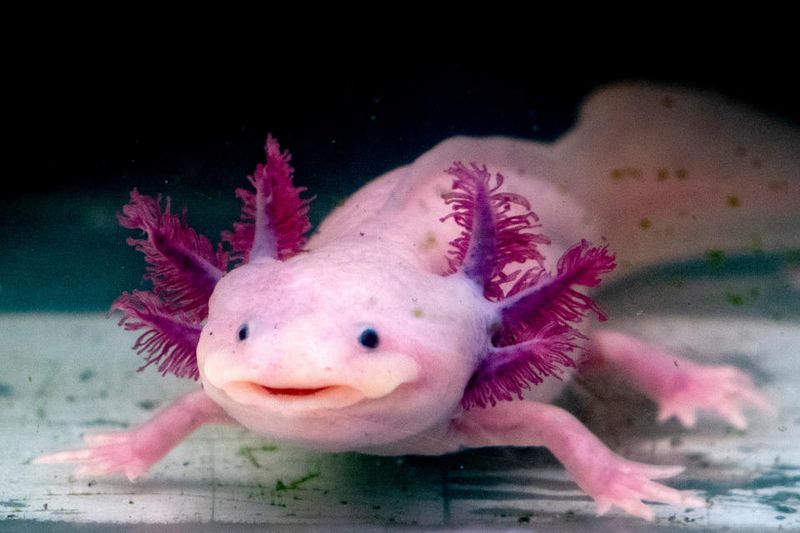
Wild axolotls typically come in just two colors – olive brown or black. But pet axolotls? They’re a whole different story! Through selective breeding, humans have created axolotls in stunning colors never found in nature.
The most famous is the leucistic axolotl – pure white with striking black eyes. Other popular varieties include golden (yellowish with gold flecks), albino (white with red eyes), copper, lavender, and even the rare blue melanoid.
These colorful varieties would never survive in the wild, where camouflage is essential. The vibrant colors are the result of genetic mutations that breeders have selected and enhanced, creating living works of art that axolotl enthusiasts collect like Pokémon!
7. They Breathe Through Their Skin – No Lungs Needed!
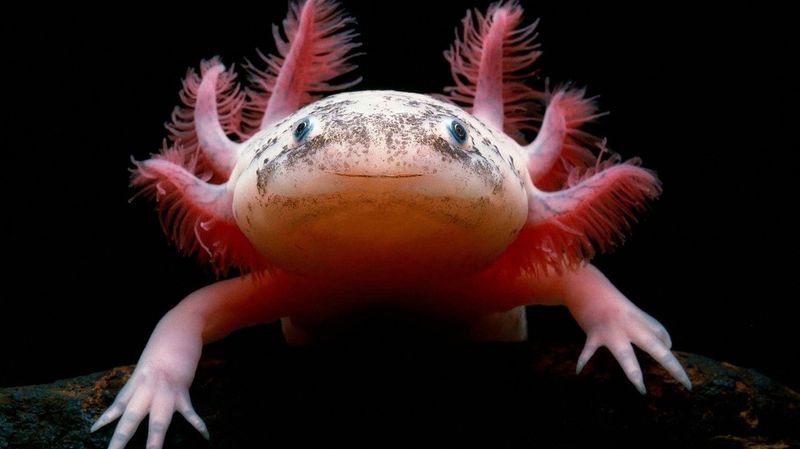
Axolotls have a breathing superpower that would make any diver jealous – they absorb oxygen directly through their skin! While they do have those fancy external gills, a significant portion of their oxygen intake happens right through their skin’s surface.
This process, called cutaneous respiration, means they don’t need lungs at all. Their skin contains a rich network of blood vessels that absorb dissolved oxygen from the water around them.
This special breathing ability is why water quality is so critical for pet axolotls. Poor water conditions don’t just make them dirty – it’s like forcing a human to breathe polluted air! Their sensitive skin-breathing system is also why handling axolotls should be minimized, as our hands can damage this delicate respiratory system.
8. Named After An Aztec God – With A Tasty History
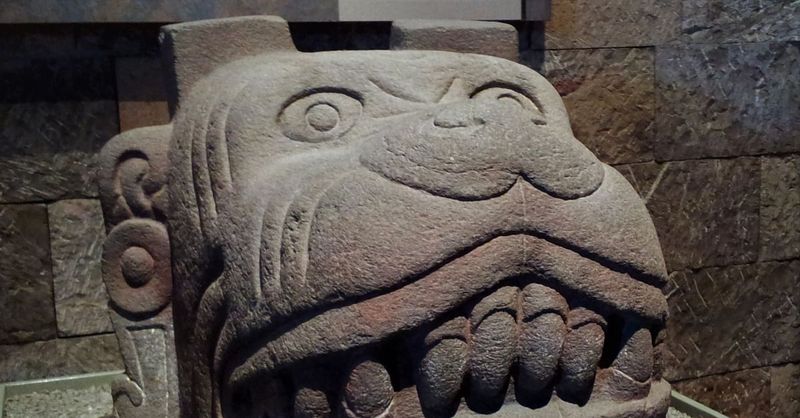
The name “axolotl” comes from the Aztec language Nahuatl, connecting to the god Xolotl – deity of fire, lightning, and oddly enough, transformation. The connection makes perfect sense given the axolotl’s transformative abilities!
Historically, axolotls weren’t just scientific curiosities – they were dinner! Aztecs considered them a delicacy, and they remained a traditional food in Mexico until recent times.
Prepared with corn and spices, axolotl was described as tasting similar to eel. While eating them is now discouraged due to their endangered status and potential toxin accumulation, their cultural significance in Mexican heritage remains strong. From deity to dinner plate to scientific superstar – the axolotl’s journey through human history is as unique as the creature itself.
9. Cannibals From Birth – They’ll Eat Their Siblings
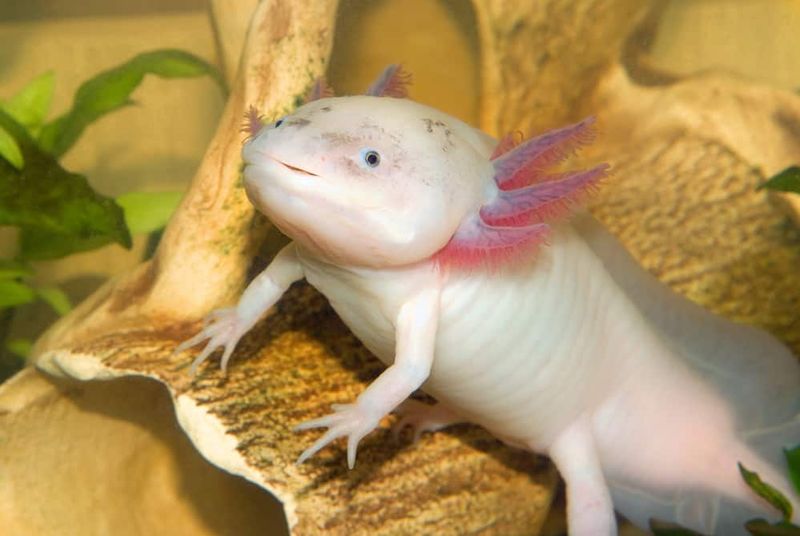
Baby axolotls don’t exactly embrace family values! These tiny terrors have no problem munching on their brothers and sisters if food is scarce or space is tight. Their cannibalistic tendencies start almost immediately after hatching.
The smaller siblings are particularly vulnerable. A size difference of just a few millimeters can determine who becomes the meal and who does the eating. This behavior is why breeders quickly separate axolotl babies as they grow.
Surprisingly, adult axolotls continue this cannibalistic streak. They’ll happily eat smaller axolotls that fit in their mouths! This seemingly harsh behavior is actually an evolutionary adaptation that ensures survival during tough times – resources stay within the species, and the strongest individuals pass on their genes.
10. They Have More DNA Than Humans Do
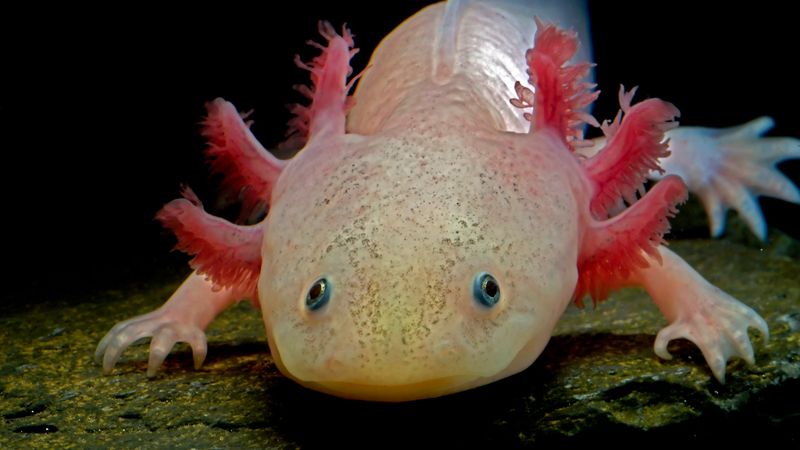
Axolotls are genetic powerhouses! Their genome contains a whopping 32 billion base pairs of DNA – that’s ten times more than humans have. Scientists were shocked when they finally sequenced the axolotl genome in 2018.
All this extra genetic material helps explain their amazing regenerative abilities. Their DNA contains specialized instructions for rebuilding complex body parts that most animals simply don’t possess.
The axolotl genome is also packed with repeated sequences and “jumping genes” that can move around within the DNA. This genetic complexity makes them challenging to study but potentially revolutionary for medicine. Researchers hope this genetic treasure trove might someday help unlock regenerative abilities in humans – imagine healing spinal cord injuries or regrowing damaged hearts!
11. Six-Month Dating Game Before They Can Reproduce
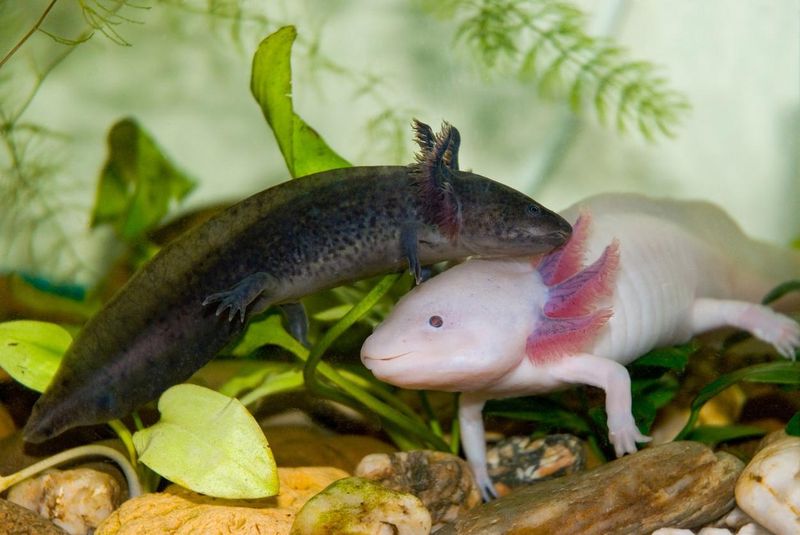
Axolotls take romance seriously! Unlike many amphibians that breed quickly, axolotls need about 6-18 months to reach sexual maturity. Females generally take longer than males, ensuring they’re fully developed before the rigors of reproduction.
Their courtship ritual is fascinating but hardly romantic. The male performs a wiggling “dance” while releasing packets of sperm called spermatophores. The female then collects these packets and fertilizes her eggs internally.
A female can lay between 100-1,000 eggs in a single clutch! She carefully attaches each egg to plants or rocks. While axolotls can regenerate almost anything, they can’t reproduce asexually – despite their amazing abilities, they still need a partner to create the next generation of these remarkable creatures.
12. Walking Fish That Aren’t Actually Fish At All
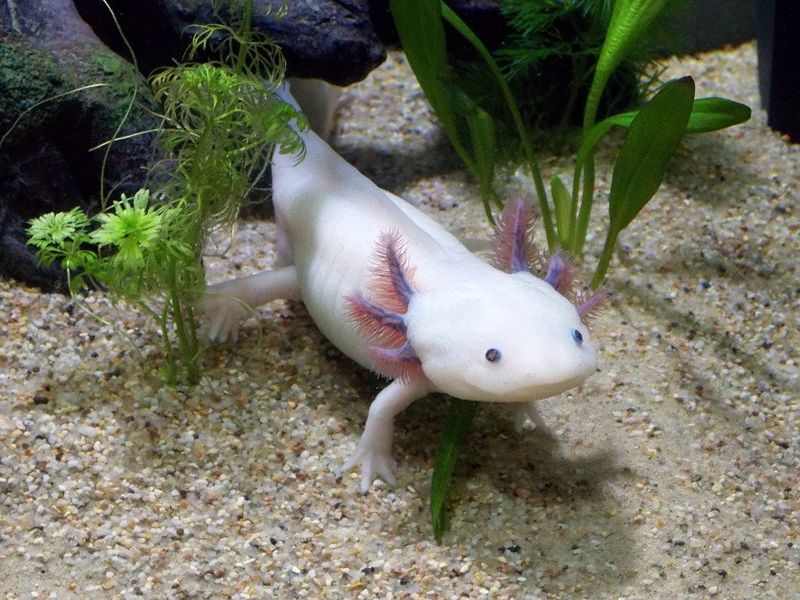
Despite their fish-like appearance and fully aquatic lifestyle, axolotls are amphibians, not fish! They belong to the salamander family and are more closely related to frogs and toads than to any fish.
Unlike fish, axolotls have legs instead of fins and can actually “walk” along the bottom of their habitat. Their movement looks like a slow-motion stroll, with their legs pushing against the substrate in a walking motion rather than swimming.
Another key difference from fish: axolotls lack scales. Their smooth, permeable skin is critical for their cutaneous respiration. This common misconception about axolotls being “walking fish” highlights how unique they are – creatures that break the usual rules about how amphibians should live and develop.

